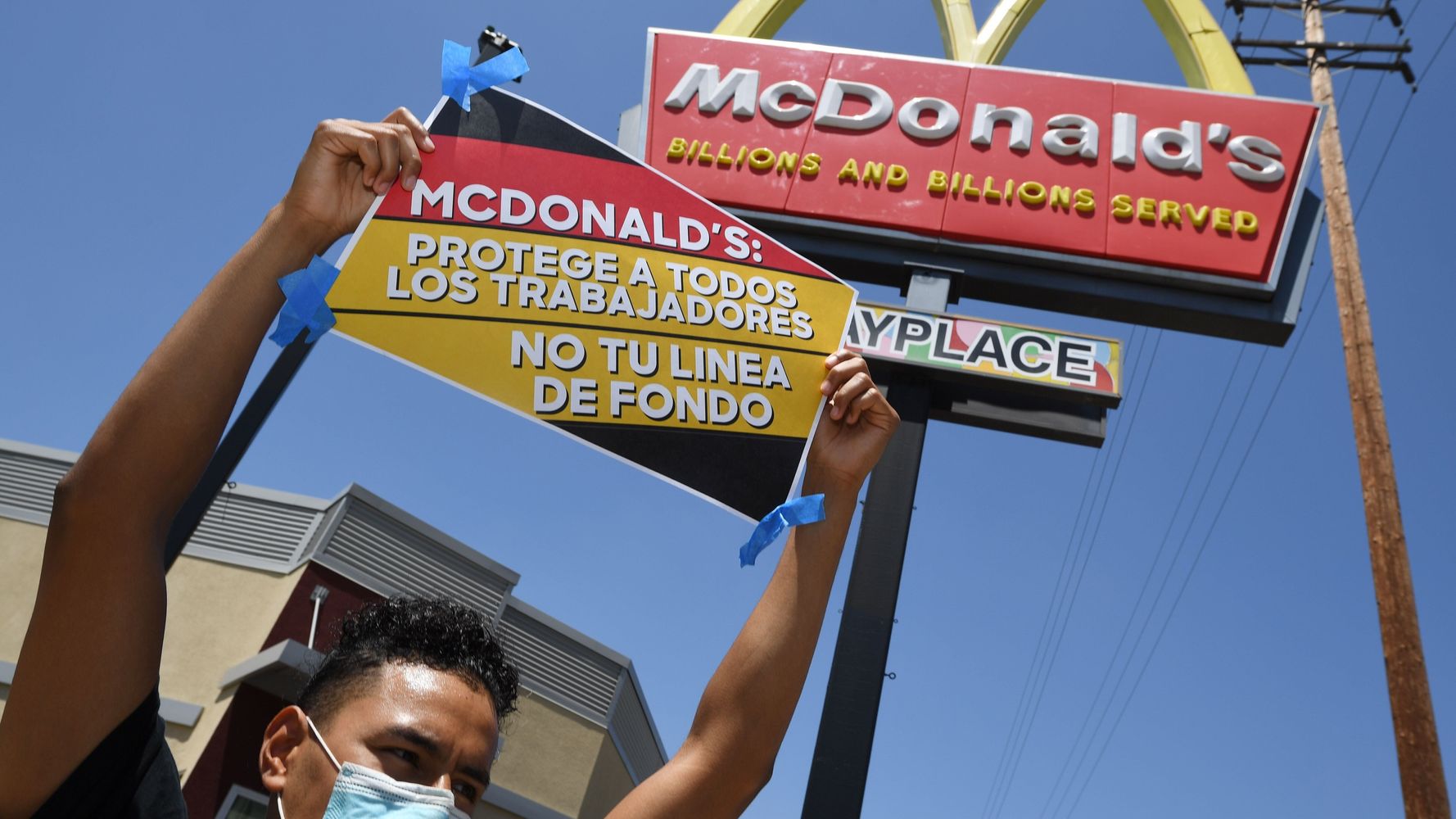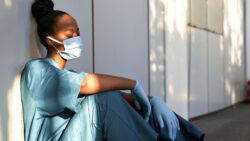Doctors, nurses and other health care workers have taken on great risks in caring for patients sick with the coronavirus. But a new study from researchers at the University of California, San Francisco, suggests that workers in other essential fields are even more likely to die from COVID-19.
The researchers analyzed excess deaths among working-age Californians from March to October 2020, and compared the death rates by occupation to previous years. The data showed that workers in agriculture, food processing facilities, warehouses, call centers and other essential businesses all died at a higher rate than the average worker.
Among the job categories with the highest “risk ratios for mortality” were cooks, farmworkers, construction laborers and shipping clerks. Food workers, in particular, saw a sharp rise in excess death during California’s first stay-at-home phase last spring, while workers in nonessential fields did not.
In general, essential workers outside health care have faced a 20% greater chance of dying during the pandemic than previously, and a 40% greater chance during the first two months of California’s reopening last year, the authors found. They wrote that their analysis was among the first to show non-medical essential work as “a predictor of pandemic-related mortality.”
Yea-Hung Chen, the paper’s lead author, said in an interview that such workers are clearly “bearing a burden” right now.
“Hopefully it’s an incentive for businesses to take this seriously,” said Chen, an epidemiologist at UCSF. “Businesses want to be open, and they recognize that the workers are valuable. Part of the answer here is if you want to be open, do it safely.”
It is impossible to determine how much of that risk stems from the work itself and how much from other factors, like community spread and living conditions. The industries with higher risks in the study tend to employ a disproportionate share of Black and Latino workers, communities that in general have suffered far worse outcomes during the pandemic than white ones.
Hopefully it’s an incentive for businesses to take this seriously.
Yea-Hung Chen, UCSF epidemiologist
Many of the jobs on the list are lower-income, and such workers might face additional risk factors not directly tied to the workplace, like the need to live with more family members or commute by public transportation. At times during the pandemic, politicians and employers have tried to shift the responsibility for outbreaks away from businesses and onto communities and living conditions.
For instance, former President Donald Trump’s health secretary, Alex Azar, essentially blamed meatpacking workers for bringing the virus to their plants, attributing massive outbreaks to “home and social” factors, rather than the fact that they work shoulder to shoulder on processing lines.
But Chen said it’s hard to believe occupational hazards don’t play a role in these workers’ higher mortality rates, especially considering what we’ve learned about those meatpacking plants and other crowded facilities. And besides, essential workers from different homes must ultimately convene at the workplace, bringing their risks with them. Trying to distinguish work risks from community risks “almost doesn’t matter,” Chen said.
“I don’t understand how you could argue it’s only community transmission… and these people are not spreading it at work,” he said. “You can’t separate that.”
The authors of the paper cautioned that the data may be imperfect due to job misclassification on death certificates. The study has not yet been peer-reviewed, but Chen said they wanted to release their findings quickly as the pandemic evolves and states continue their vaccination efforts.
The Centers for Disease Control and Prevention has recommended that essential workers be given priority for the vaccine, after front-line health care workers and residents and staff of nursing homes. States have tended to follow that advice, although each state determines its own order for the many different types of essential personnel.
Chen and his colleagues wrote that prioritizing workers in food and agriculture, in particular, could help limit the number of deaths.
“If indeed these workers are essential, we must be swift and decisive in enacting measures that will treat their lives as such,” they concluded.
Calling all HuffPost superfans!
Sign up for membership to become a founding member and help shape HuffPost’s next chapter


